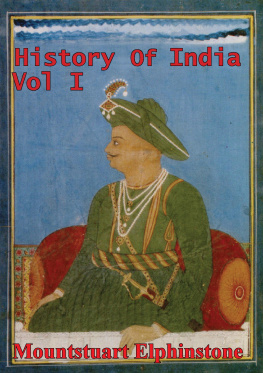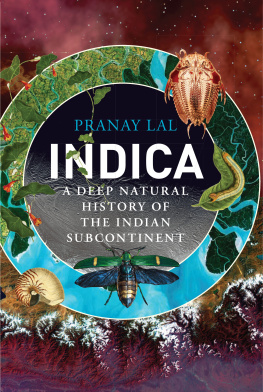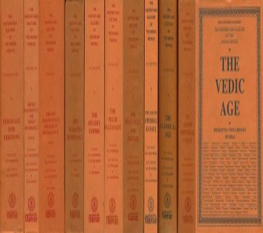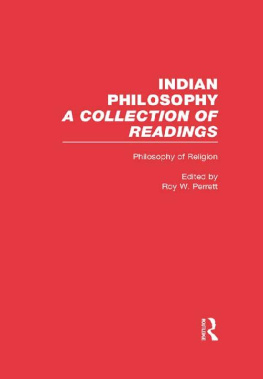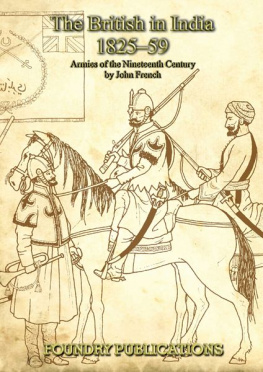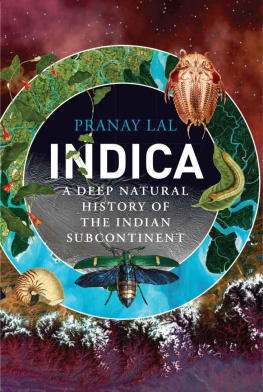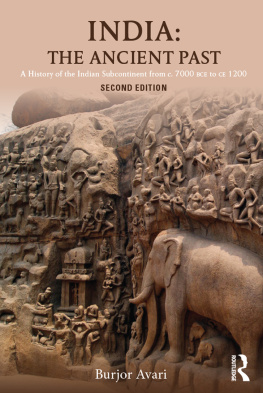

This edition is published by PICKLE PARTNERS PUBLISHINGwww.picklepartnerspublishing.com
To join our mailing list for new titles or for issues with our books picklepublishing@gmail.com
Or on Facebook
Text originally published in 1841 under the same title.
Pickle Partners Publishing 2013, all rights reserved. No part of this publication may be reproduced, stored in a retrieval system or transmitted by any means, electrical, mechanical or otherwise without the written permission of the copyright holder.
Publishers Note
Although in most cases we have retained the Authors original spelling and grammar to authentically reproduce the work of the Author and the original intent of such material, some additional notes and clarifications have been added for the modern readers benefit.
We have also made every effort to include all maps and illustrations of the original edition the limitations of formatting do not allow of including larger maps, we will upload as many of these maps as possible.
The History of India
by the Honourable Mountstuart Elphinstone
In two volumes
Volume I
TABLE OF CONTENTS
Contents
Preface
The appearance of a new history of India requires some words of explanation. If the ingenious, original, and elaborate work of Mr. Mill left some room for doubt and discussion, the able compositions since published by Mr. Murray and Mr. Gleig may be supposed to have fully satisfied the demands of every reader. But the excellence of histories derived from European researches alone does not entirely set aside the utility of similar inquiries conducted under the guidance of impressions received in India; which, as they rise from a separate source, may sometimes lead to different conclusions. Few are likely to take up these volumes unless they are previously interested in the subject, and such persons may not be unwilling to examine it from a fresh point of view: if the result suggests no new opinions, it may at least assist in deciding on those contested by former writers. In the choice of difficulties presented by the expression of Asiatic words in European letters, I have thought it best to follow the system of Sir W. Jones, which is used by all the English Asiatic Societies, as well as by Mr. Colebrooke, Professor Wilson, and various other writers. But as I do not, in general, attempt to express the aspirates, gutturals, or other sounds which are peculiar to Asiatic languages, I have not found it necessary to copy all the minutiae of Sir W. Joness orthography, or to distinguish particular consonants (as k and c), which, in his system, would represent very different sounds.
In well-known words, I have retained the usual spelling; as in Delhi (for Dilli or Dihli); Bombay (for Mumbai); Mysore (for Maheswar or Maisur). Where the corrupt names are only applied to particular persons and places, I have limited them in that manner. The famous rivers Indus and Ganges are so called; while others, bearing the same Indian names, are written Sind and Ganga: the Arabian prophet is Mahomet, but all others of the same Arabic name are Mohammed: Tamerlane is used in speaking of the Tartar conqueror, but Teimur on all other occasions.
There are other irregularities: gutturals and aspirates are sometimes used; and double consonants are put in some cases where the sound is single, as the double t in Attoc, which is pronounced as in matter; while in general double consonants are sounded separately, as in bookkeeping, hop-pole, or drum-maker. In names with which I am not myself acquainted, I am obliged to take the spelling of the author by whom they are mentioned.
Introduction
Boundaries and Extent of India Natural Divisions Hindostan and the Deckan Natural Divisions of Hindostan Natural Divisions of the Deckan Superficial Measurement and Population of India Climate and Seasons Natural Productions Trees Spices, &c. Agricultural Produce Animals Minerals
Boundaries and extent of India
India is bounded by the Hemalaya mountains, the river Indus, and the sea. Its length from Cashmir to Cape Comorin is about 1,900 British miles; and its breadth from the mouth of the Indus to the mountains east of the Baramputra considerably upwards of 1,500 British miles.
Natural Divisions
It is crossed from east to west by a chain of Natural mountains, called those of Vindya, which extends divisions. between the twenty-third and twenty-fifth parallels of latitude, nearly from the desert north-west of Guzerat, to the Ganges.
Hindostan and the Deckan
The country to the north of this chain is now called Hindostan, and that to the south of it, the Deckan.
Natural divisions of Hindostan
Hindostan is composed of the basin of the Indus, that of the Ganges, the desert towards the Indus, and the high tract recently called Central India.
The upper part of the basin of the Indus (now called the Panjab) is open and fertile to the east of the Hydaspes, but rugged to the west of that river, and sandy towards the junction of the five rivers. After the Indus forms one stream, it flows through a plain between mountains and the desert, of which only the part within reach of its waters is productive. As it approaches the sea, it divides into several branches, and forms a fertile though ill-cultivated delta.
The basin of the Ganges (though many of the streams which water it have their rise in hilly countries, and though the central part is not free from diversity of surface) may be said on the whole to be one vast and fertile plain. This tract was the residence of the people who first figure in the history of India; and it is still the most advanced in civilisation of all the divisions of that country.
A chain of hills, known in the neighbourhood by the name of Aravalli, is connected by lower ranges with the western extremity of the Vindya mountains on the borders of Guzerat, and stretches up to a considerable distance beyond Ajmir, in the direction of Delhi; forming the division between the desert on the west and the central table land. It would be more correct to say the level of the desert; for the south-eastern portion, including Jodpur, is a fertile country. Except this tract, all between the Aravalli mountains and the Indus, from the Satlaj or Hysudrus on the north to near the sea on the south, is a waste of sand, in which are oases of different size and fertility, the greatest of which is round Jessalmir. The narrow tract of Cach intervenes between the desert and the sea, and makes a sort of bridge from Guzerat to Sind. Central India is the smallest of these four natural divisions. It is a table land of uneven surface, from 1,500 to 2,500 feet above the sea, bounded by the Aravalli mountains on the west, and those of Vindya on the south; supported on the east by a lower range in Bundelcand, and sloping gradually on the north-east into the basin of the Ganges. It is a diversified but fertile tract.
Natural divisions of the Deckan
The Vindya mountains form the southern limit of Hindostan; but beyond them, separated by the deep valley of the Nerbadda, is a parallel chain called Injadri or Satpura, which must be crossed before we reach the next natural division in the valley of the Tapti. This small tract is low; but the rest of the Deckan is almost entirely occupied by a table land of triangular form, about the level of that of Central India, supported on all sides by ranges of hills. The two longest ranges, which run towards the south, follow the form of the peninsula, and between them and the sea lies a low narrow tract, forming a sort of belt round the whole coast. The hills which support the table land are called the Ghats. The range to the west is the highest and most marked; and the low tract beneath it narrowest and most rugged.
Next page
